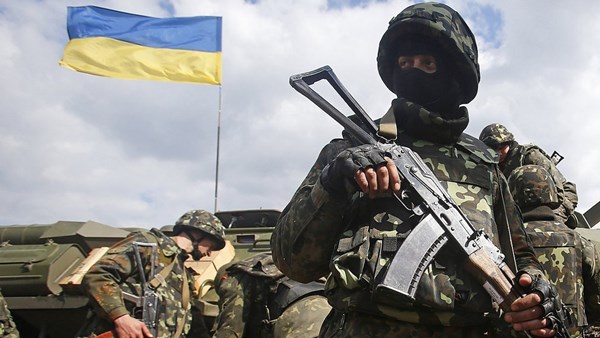Ukrainian Forces halt Russian advance amid dynamic shifts on Pokrovsk front
Ukrainian military commander Oleksandr Syrskyi announced a recent success on the Pokrovsky front, highlighting that Russian forces have been unable to advance for six days. However, military analysts offer a more cautious perspective, suggesting that after Russian regrouping, battles could intensify.
According to Syrskyi, the Russian army's advance has been stopped for nearly a week in the Pokrovsky direction. He attributes the decreased intensity in East Ukraine to a Ukrainian breakthrough in Russia’s Kursk region, compelling Russian command to redeploy tens of thousands of combat-ready soldiers and boosting Ukrainian morale.
“Our strategy is working,” Syrskyi told journalists.
Syrskyi asserts that Russia's elite airborne assault units were pulled from the front line to Kursk, leading to diminished combat and artillery fire intensity.
While Ukraine can’t match Russia's sheer quantity of tanks, BMPs, missiles, aircraft, drones, and troops, Syrskyi emphasized that the Ukrainian military must operate “smarter and more effectively”.
The General Staff of the Ukrainian Armed Forces reported 181 combat engagements on September 6th. The fiercest clashes occurred in the Pokrovsk and Kurakhove directions. On the Toretsk front, there were 16 engagements in areas including Toretsk, Leonidivka, and Nelepivka.
In the Pokrovsky direction, Ukrainian forces repelled 51 assaults near Suha Balka, Panteleymonovka, Zelene Pole, Vozdvizhenka, Novotroitsk, Grodivka, Mirolubivka, Novohrodivka, Mikhailivka, and Selidove. The largest number of clashes was around Novogridovka. In the Kurakhiv direction, 36 attacks were turned back near Lysovka, Ukrainetsk, Galicia, Krasnogorovka, Georgievka, and Konstantinovka.
Roman Pogorely, co-founder of the DeepState project, expressed skepticism about Syrskyi’s claims. He pointed to recent developments in which Russian forces are making significant advances near Lysivka and Ukrainsk, with minor setbacks for Ukrainian forces around Halytsynivka.
"Compared to last week, the situation has improved. Russians were capturing entire settlements quickly. Now, small gains are recorded; a complete pause and stabilization on the Pokrovsky front isn’t evident yet. All indicators suggest the beginning of Russian reserve regrouping," he noted.
Selidove has become a major obstacle to further assaults. According to Pogorely, forces are gathering around Halytsynivka, Galicia, Mikhailivka, and Kurakhove, with regrouping noted in Novohrodivka. This suggests an imminent increase in combat intensity.
Former Deputy Chief of the Ukrainian General Staff, Lt. Gen. Ihor Romanenko, said that the stabilization of Pokrovsky results from recently deployed Ukrainian troops, weapons, and ammunition.
“This doesn’t mean a complete halt to the Russian advance. Their gains are measured not in kilometers but in hundreds of meters. The advance hasn't stopped, but momentum is dwindling—a significant signal," Romanenko stated.
The Institute for the Study of War (ISW) reported on September 5 that since the offensive began and Avdiivka's capture in October 2023, Russia has advanced a maximum of 40 kilometers from the 2022 frontline.
Additionally, Russia is gradually shifting its efforts towards Vuhledar, focusing on offensive operations after expanding the southern flank of the Pokrovsk bulge. Russian forces are advancing in the Vuhledar-Vodyane-Konstantinivka corridor, aiming to encircle Vuhledar from the rear, presenting a critical situation for both the 72nd and 79th Ukrainian brigades, explained Pogorely.
Military expert Alexander Kovalenko, coordinator of the "Information Resistance" group, also noted that significant changes are absent on the Toretsk-Pokrovsk front.
“Ukraine’s defense forces were underestimated, as usual, and own capabilities overestimated. Russians stuck at Selidove and Halytsynivka, unable to proceed along the Vovchya Riverbanks and through Zhelanne Pershe and Zhelanne Druhe route, south of the 0511 highway to Pokrovsk,” he told the news outletFocus.
At Selidove, Ukrainian units show impressive efforts, capturing Russian tanks and BTRs. According to Kovalenko, the dynamics of the Pokrovsky front are shifting towards Ukrainian advantage, with Russian forces slowing down and losing significant military equipment.
Previously, ISW had indicated that intense battles with Russian forces in Donetsk don’t necessarily predict a collapse of the entire frontline.
